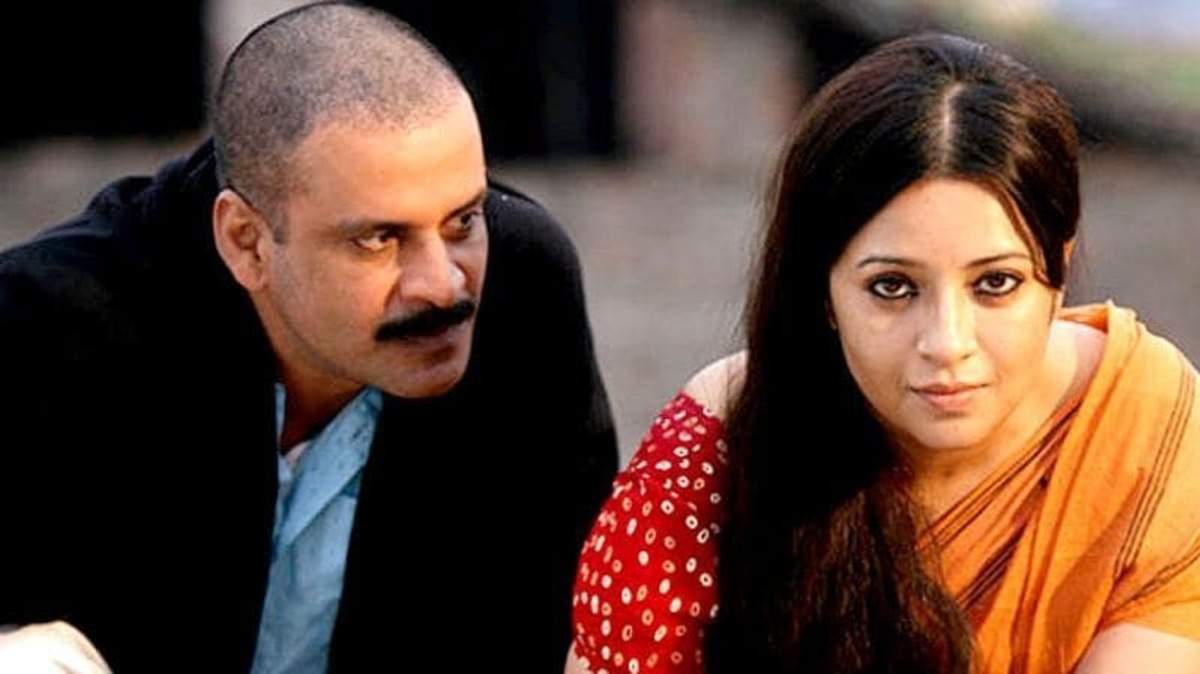From ‘Hum First’ to everything that was unscripted, ‘Gangs of Wasseypur,’ directed by Anurag Kashyap, is a two-part epic crime saga that redefined Indian cinema. It’s a gritty, sprawling narrative that spans generations and explores the coal mafia’s dark underbelly in the town of Wasseypur. While the film is celebrated for its compelling story and stellar performances, it’s the improvisations of the cast that add layers of authenticity, depth, and relatability to the characters. In this article, we will take a deep dive into the improvisations that the cast put together in ‘Gangs of Wasseypur,’ backed by examples that showcase their remarkable talent.
Manoj Bajpayee as Sardar Khan
Manoj Bajpayee’s portrayal of Sardar Khan, the central character of the film, is nothing short of iconic. His performance is a masterclass in subtlety and intensity, and many of the most memorable moments in the film are a result of his improvisations.
One standout example occurs in a scene where Sardar Khan confronts Ramadhir Singh, played by Tigmanshu Dhulia. While the original script had a confrontational dialogue exchange, Bajpayee chose to underplay his character’s anger, relying on expressions and body language to convey the tension. This subtle change made the scene even more powerful, allowing the audience to feel the simmering anger beneath Sardar Khan’s calm exterior.
Nawazuddin Siddiqui as Faizal Khan
Nawazuddin Siddiqui’s portrayal of Faizal Khan, Sardar Khan’s son, is one of the film’s standout performances. Faizal’s journey from a hesitant young man to a ruthless gangster is a testament to Siddiqui’s acting prowess, and it’s his improvisation that adds depth to this transformation.
One of the most remarkable improvisations in Siddiqui’s performance is the addition of Faizal’s stutter. This speech impediment was not part of the original script, but Siddiqui felt it would make Faizal more relatable and memorable. His decision paid off handsomely, making Faizal Khan one of the most memorable and unique characters in Indian cinema.
Richa Chadda as Nagma Khatoon
Richa Chadda’s portrayal of Nagma Khatoon, Sardar Khan’s wife, is a powerful example of improvisation enhancing a character’s impact. Nagma is a strong-willed woman who isn’t afraid to speak her mind, and Chadda’s improvisations added depth to this portrayal.
In a particularly intense scene where Nagma confronts Sardar Khan, Chadda decided to include a dialogue challenging Sardar Khan’s masculinity before delivering a slap. This unexpected twist not only shocked the audience but also highlighted Nagma’s assertiveness and determination. It’s a testament to how improvisations can elevate a character’s impact in a film.
Ensemble Cast Contributions
The ensemble cast of ‘Gangs of Wasseypur’ also played a crucial role in making the film a cinematic masterpiece. Each actor brought their unique quirks and nuances to their respective roles, enriching the film’s tapestry.
For instance, Piyush Mishra, who played Nasir, added dark humor to his character’s dialogues, making Nasir a more memorable character. Jaideep Ahlawat, who portrayed Sardar Khan’s father, used subtle improvisations in expressions and body language to infuse his character with vulnerability and regret.
Final Words
‘Gangs of Wasseypur’ is a cinematic landmark that owes much of its success to the incredible improvisations of its cast. Manoj Bajpayee, Nawazuddin Siddiqui, Richa Chadda, and the ensemble cast breathed life into their characters, making them multi-dimensional, relatable, and unforgettable. These improvisations added layers of authenticity and unpredictability to the film, elevating it to a cult classic in Indian cinema. Ultimately, it’s the synergy between the script and the cast’s improvisations that makes ‘Gangs of Wasseypur’ a must-watch for any cinephile, a testament to the power of exceptional performances in film.
Moreover, it’s essential to acknowledge the role of Anurag Kashyap, the visionary director behind this cinematic masterpiece, in fostering an environment that allowed for creative improvisation. Kashyap’s trust in his actors and his willingness to embrace their suggestions and ideas played a pivotal role in shaping the final product.
One cannot overlook the significance of the setting and the atmosphere of Wasseypur itself, which became an integral part of the storytelling. The town’s gritty, chaotic backdrop, with its narrow lanes and cramped houses, provided the perfect canvas for the actors to immerse themselves in their characters.
In conclusion, ‘Gangs of Wasseypur’ is a testament to the power of collaboration and improvisation in filmmaking. It is a film where the actors’ creative contributions elevated an already compelling script to greater heights. As audiences revisit this cinematic gem, they are treated not only to a gripping story of revenge but also to the artistry of the cast who breathed life into the unforgettable characters of Wasseypur.












